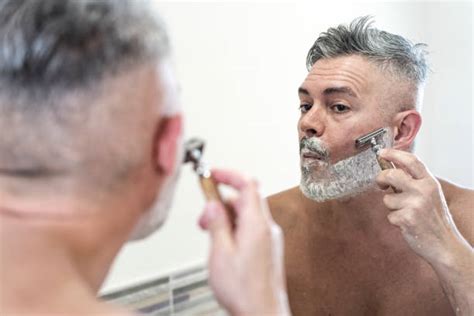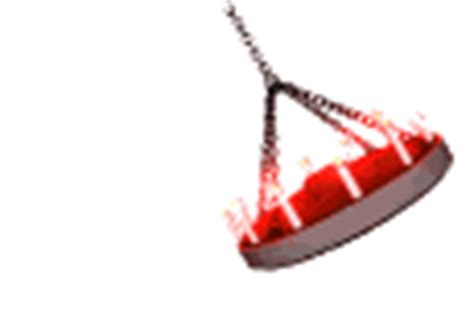Precision shave: Prevent razor burn & ingrown hairs for peak professional appearance?

Mastering the Shave: Your Guide to a Flawless Professional Look
In the professional world, every detail counts, and a well-groomed appearance is paramount. For many, this starts with a clean, smooth shave. Yet, the pursuit of a polished look often comes with frustrating adversaries: razor burn and ingrown hairs. These common skin irritations can undermine confidence and detract from an otherwise impeccable presentation. The good news? With the right knowledge and techniques, achieving a precision shave free from these nuisances is entirely within reach.
Understanding the Enemies: Razor Burn and Ingrown Hairs
Before we conquer them, let’s understand our opponents. Razor burn is characterized by redness, stinging, and bumps that appear almost immediately after shaving. It’s often caused by using dull blades, applying too much pressure, or shaving against the grain on sensitive skin. Ingrown hairs, on the other hand, occur when a shaved hair curls back into the skin and continues to grow underneath the surface, leading to inflamed, red bumps that can be painful and persistent.
The Pre-Shave Ritual: Laying the Foundation for Flawless Skin
A great shave begins long before the blade touches your skin. Proper preparation is crucial for softening the hair and preparing your skin, making it more pliable and less prone to irritation.
Prep Your Skin
- Warm Water & Steam: Shave after a warm shower or use a hot towel compress for a few minutes. This opens pores and softens hair, making it easier to cut.
- Exfoliate Gently: Use a mild facial scrub 2-3 times a week (but not immediately before shaving if your skin is sensitive) to remove dead skin cells that can trap hairs and lead to ingrowns.
- Pre-Shave Oil: A thin layer of pre-shave oil creates a protective barrier, reducing friction and allowing the razor to glide smoothly.

Choose Your Tools Wisely
Your razor choice significantly impacts your shave quality. Whether you prefer a multi-blade cartridge, a safety razor, or an electric shaver, ensure it’s clean and in good condition.
The Art of the Shave: Technique Matters Most
Once your skin is prepped, your technique becomes the most critical factor in preventing irritation.
Go with the Grain (Mostly)
For most people, shaving with the grain (the direction your hair grows) is key to minimizing razor burn. For a closer shave, a second pass across the grain or even against it might be attempted, but only if your skin can tolerate it without irritation.
Light Touch, Short Strokes
Let the razor do the work. Applying too much pressure is a common cause of irritation and can lead to nicks and cuts. Use short, controlled strokes, rinsing your razor frequently.
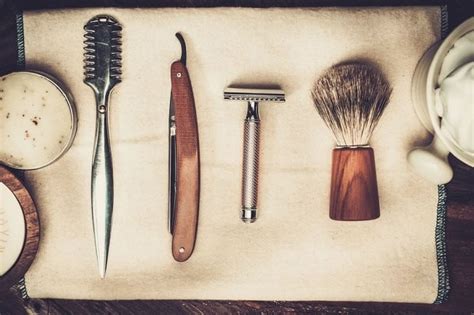
Rinse Your Razor Frequently
Clogged blades are ineffective blades. Rinse your razor under hot water after every few strokes to remove hair and shaving cream, ensuring a clean cut.
Post-Shave Perfection: Soothe and Protect
The job isn’t done when the last hair is cut. Aftercare is vital for calming your skin and preventing future issues.
Cool Down
Rinse your face with cool water after shaving to close pores and soothe the skin.
Hydrate and Heal
Apply a good quality, alcohol-free aftershave balm or moisturizer. Look for ingredients like aloe vera, witch hazel, or chamomile, which are known for their calming and anti-inflammatory properties. This rehydrates the skin and helps prevent dryness and irritation.
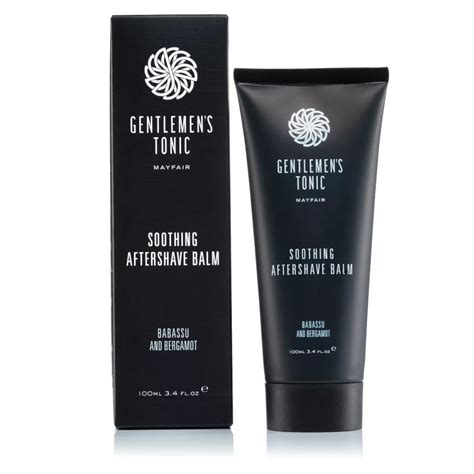
Combating Ingrown Hairs: Targeted Strategies
If ingrown hairs are a persistent issue, consider these additional steps:
- Exfoliate Regularly: As mentioned, regular exfoliation helps prevent dead skin cells from trapping hair.
- Warm Compresses: For existing ingrowns, a warm compress can help bring the hair to the surface.
- Don’t Pick! Resist the urge to pick at ingrown hairs, as this can lead to infection and scarring.
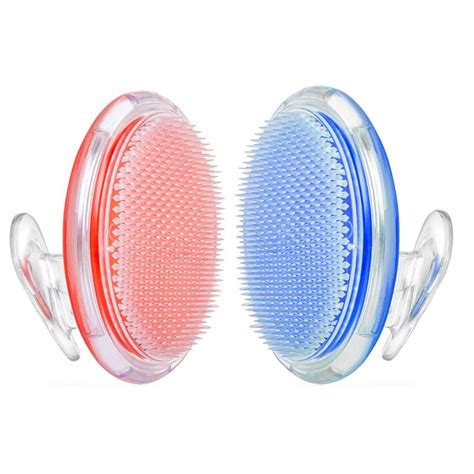
Ongoing Maintenance for a Polished Look
Consistency is key to maintaining a smooth, irritation-free complexion.
Replace Blades Often
Dull blades are a primary culprit for razor burn. Replace cartridge blades every 5-7 shaves, or single-edge blades even more frequently, depending on your hair type and shaving frequency.
Consider Your Shaving Frequency
If your skin is particularly sensitive, consider shaving every other day instead of daily to give your skin a chance to recover.

Conclusion
Achieving a precision shave that prevents razor burn and ingrown hairs is a blend of preparation, technique, and diligent aftercare. By adopting these professional grooming practices, you not only ensure a comfortable shave but also cultivate a consistently sharp and confident appearance that speaks volumes in any professional setting. Invest in your shave, and reap the rewards of a flawless, polished look.






